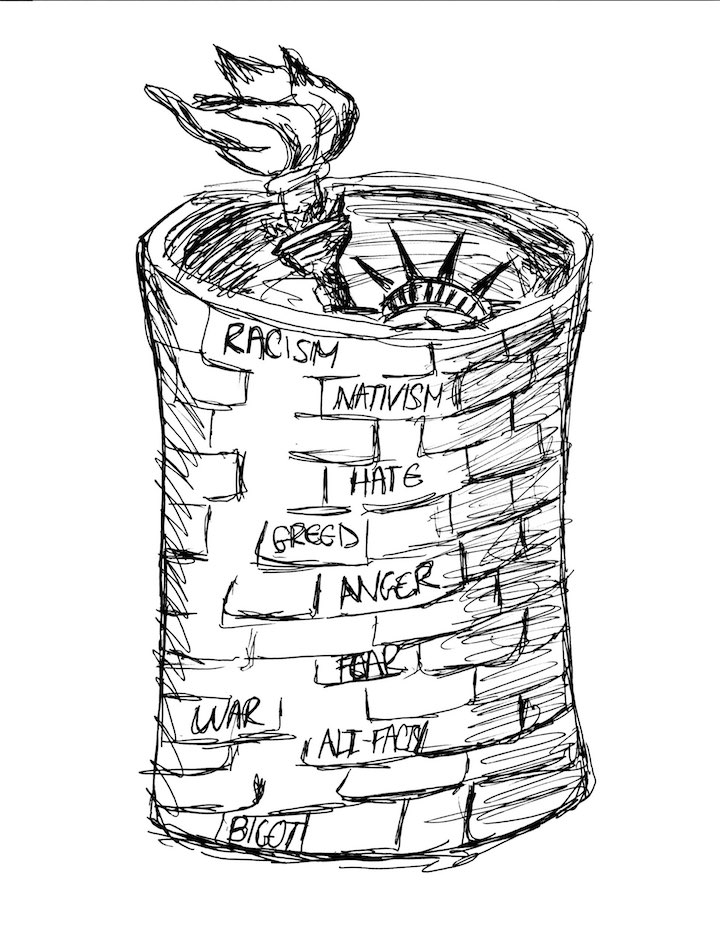Alan Singer is the Director and Professor of Secondary Education Social Studies
Presidential executive orders define how laws are implemented in the United States and they have a mixed history. President Obama issued 276 executive orders, often because the Republican controlled Congress blocked normal government functioning.
George Washington issued the first presidential executive order in 1793. He was concerned the new country would be drawn into a war between France and England and ordered federal officials to prosecute United States citizens involved with either side in the conflict. Abraham Lincoln issued his first executive order soon after the outbreak of the American Civil War. It was used to suspend habeas corpus for the captured leader of a Confederate militia. In both cases these orders were issued while Congress was out of session and could not pass appropriate legislation. Theodore Roosevelt was the first United States President to use the executive order extensively and issued over 1,000, almost as many as all his predecessors. Franklin Roosevelt issued over 3,500 – his most notorious was Executive Order 9066, mandating the internment of Japanese Americans on the Pacific coast.
President George W. Bush issued 291 executive orders including a secret order in 2002 authorizing the National Security Agency (NSA) to eavesdrop without a warrant on phone calls made by U.S. citizens.
One of the best-known and most praised presidential executive orders was issued by Harry Truman in 1948. Truman issued Executive Order 9981 desegregating the American military after Southern Senators filibustered to block Congressional action.
In less than two weeks in office, President Trump has issued several formal executive orders and slightly less official presidential memoranda. These blocked federal funds to international organizations that informed patients about abortion, undermined the federal health insurance program, eased environmental protection restrictions and authorized construction of oil pipelines, an order to start building a controversial wall between the United States and Mexico, threats to deny federal funds to “sanctuary cities” that protected undocumented residents and to a ban on the ability of Muslims from seven countries to travel to the United States – including legal United States residents trying to return home.
Whether you agree with the Trump agenda or not, and I don’t, the biggest problem with President Tweet so far has been his impulsiveness, lack of preparation and failure to take into account the consequences of his actions. He never consulted officials in the Justice Department or the Office of Homeland Security before issuing the ban on Islamic travelers to the United States and the executive order was issued without guidelines for implementation. The result was chaos, and as some commentators argue, a propaganda bonanza for ISIS.
In response to the travel ban, President Stuart Rabinowitz sent a message to the Hofstra University community reaffirming the university’s opposition to intolerance and prejudice and its commitment to “support the rights of all students and faculty to live, work and study without fear of harassment or intimidation.”
I welcome President Rabinowitz’s comments and hope to see members of the Hofstra community active in campaigns to protect basic civil liberties in the United States and human rights around the world.
The views and opinions expressed in the Op-Ed section are those of the authors of the articles. They are not an endorsement of the views of The Chronicle or its staff. The Chronicle does not discriminate based on the opinions of the authors.



